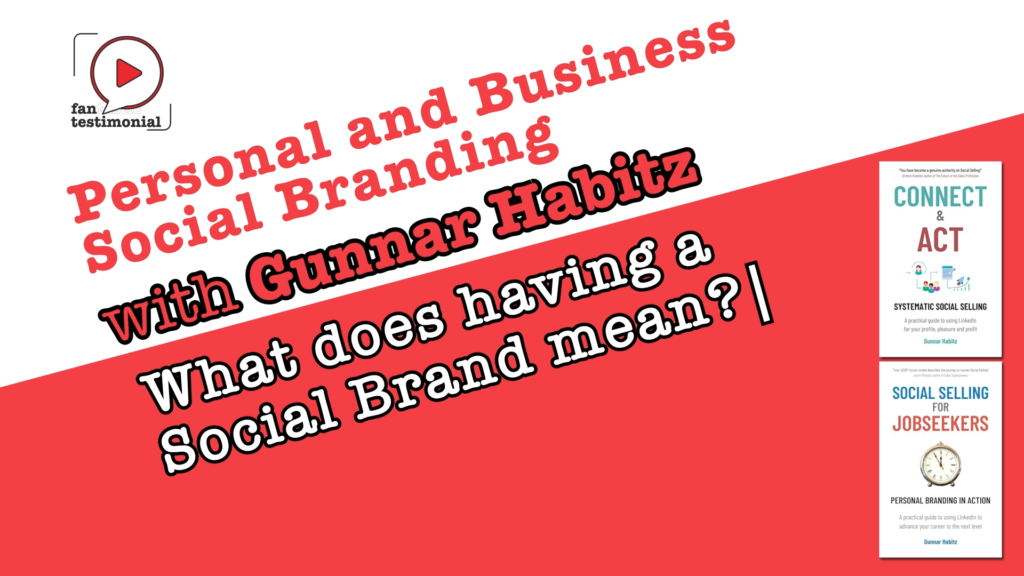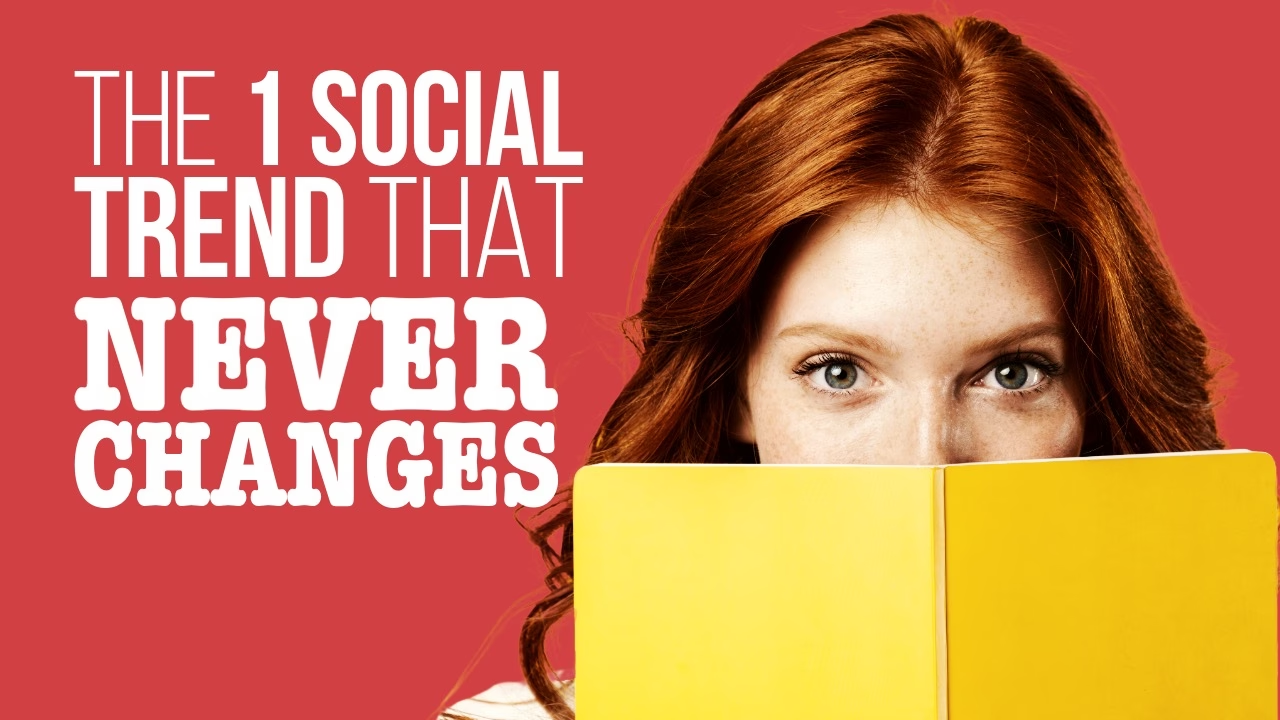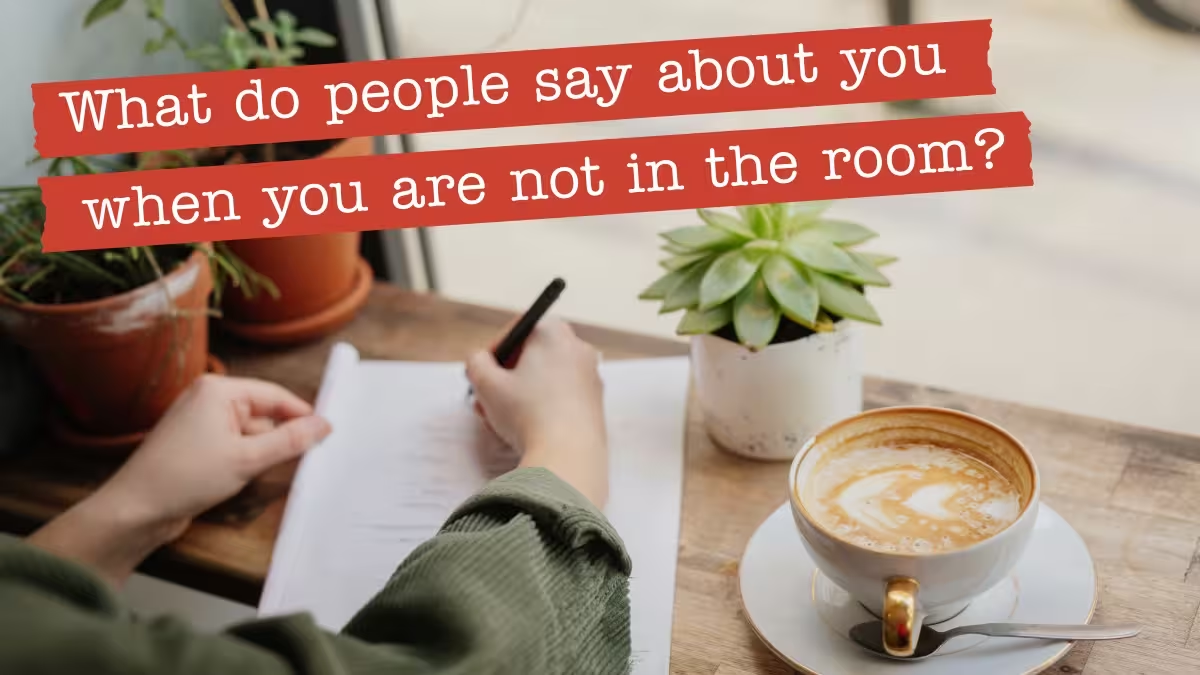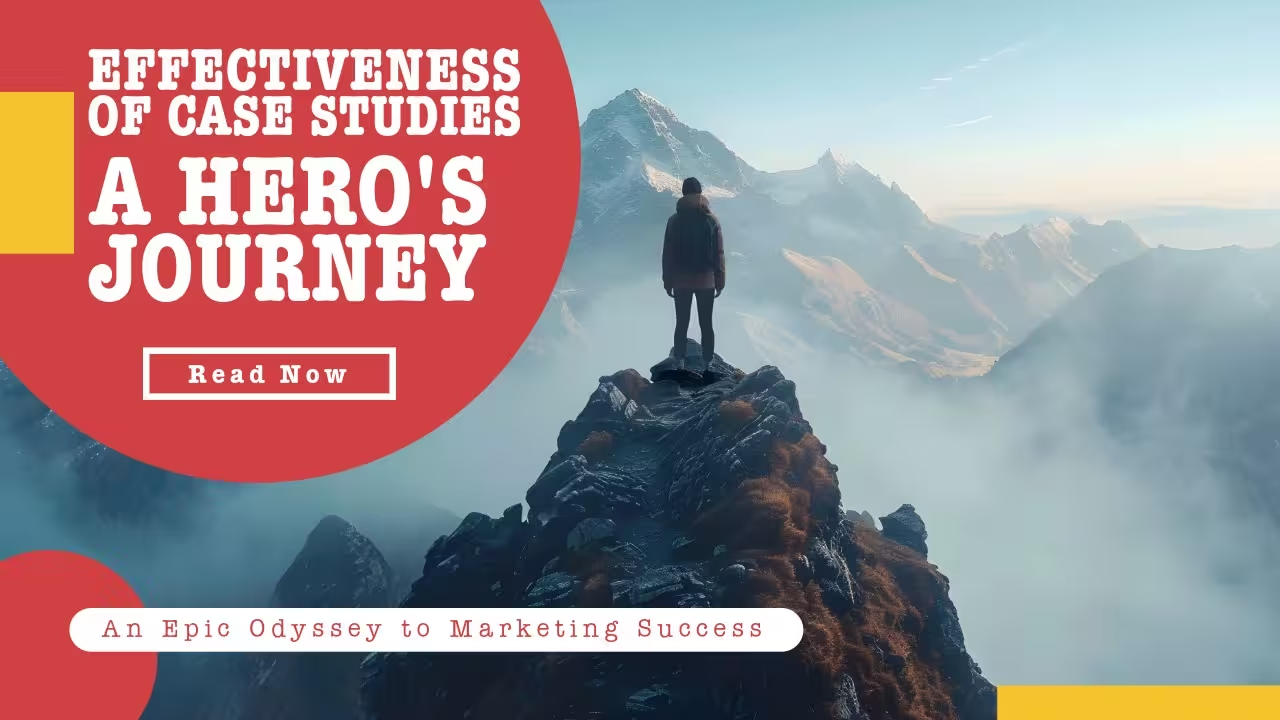What is Branding, and in particular what is Social branding?
It is a term that you may have heard of, and it has been in the Zeitgeist for a while now. Do we as individuals or businesses need it?
Let’s just say it is like the modern day calling card. Here’s the transcript of this first part of our conversation…
Francis: We talk a lot about, like, social branding. Social selling. Right? But, no, I don’t think everyone really understands what it actually means. Can you maybe give us a summary of what do you mean by social branding or social selling?
Gunnar: There are, of course, as many definitions as you ask people about it. The tricky thing is that in the word social selling, there is the word selling. And it’s not necessarily only selling. It’s also part of marketing included.
So for me, social selling is the art and science to advance business conversations towards a desired outcome, whatever that outcome might be. It’s basically to advance conversations, and that can be something that is leading into a sale.
But if you try to add or apply social selling activities when you work in Not-for-Profit, and the target is maybe to get some funding, or when you do it in a university point-of-view and you would like to get investments for the research part, it is also social selling despite it’s not selling.
A part of that has to do with marketing because marketing talks to an audience. A big part of it has to do with selling because sales talks to an individual. The music doesn’t play necessarily in the visible content, but the music plays in converting that further indirect messages.
And that is basically taking something from the visible into the invisible space.
I put it into four areas. You need to complete your profile.
You need to connect with the right people, not just so many, but with the right ones.
And then you create content that suits that target audience, those who already know you and see it, and those who don’t know you. But when they want to find out about you, they quickly see that person knows what they’re talking about and finally how to convert it.
Francis: So maybe we take a small step back. Why is personal branding or even a business branding important?
I mean, when people talk about branding, they think about, oh, you know, Nike is a Tick. Coca Cola is a, you know, a logo. What’s the deal between that and personal or just a business branding?
Gunnar: Both of them, the personal and the business brand, follow a similar principle.
A brand is for somebody is talking about them when they’re not in the room.
We might have our opinion about Nike, Coca-Cola, and all of those, but ideally, it is about whoever or whatever organization that can transport its value and that can help to secure prospects and future clients.
So therefore we would like to figure out how others talk about ourselves in the sense of this is a go-to person for this or for that.
And it’s not so easy to quickly change it around. Like if you work in one organization and you are known for.
Let me take my example. I’ve been a product manager at HP. I’ve worked for consumer notebooks maybe 20 years ago when it was new to have them, I moved then around into printing, but people in the market still saw me as the notebook guy.
So it takes a while until the brand follows you.
So that is of course something when you do drastic changes. I came to Australia eight years ago and had to reposition and rebrand myself here completely from scratch because nobody cares about what happens over there in Europe.
And that’s the interesting part of it.
And then I realized that particular here in Australia and Asia Pacific, there’s a power of social media for personal branding.




